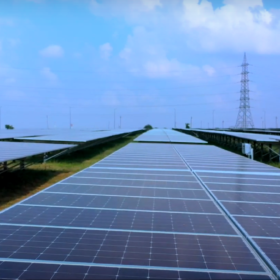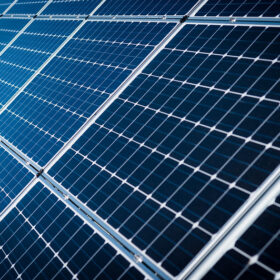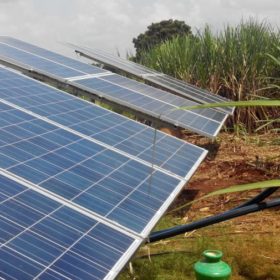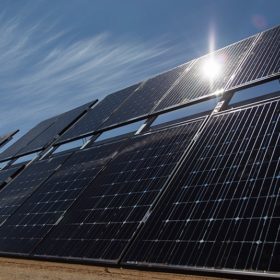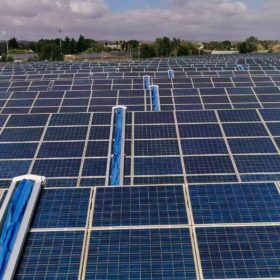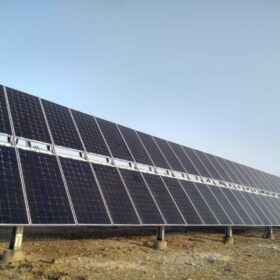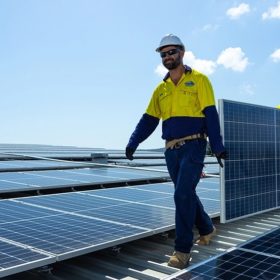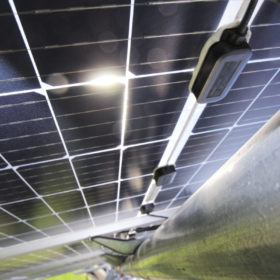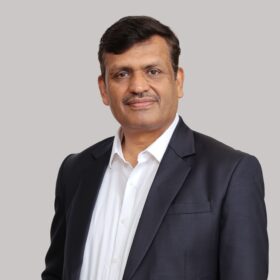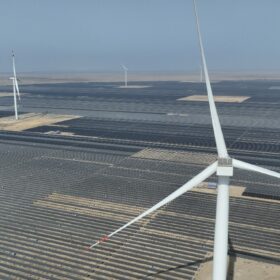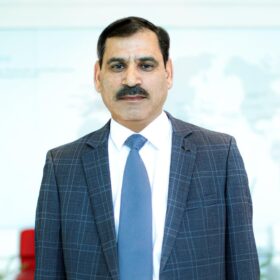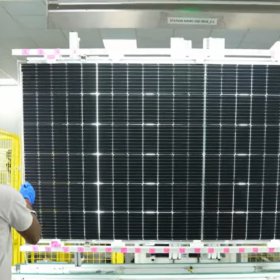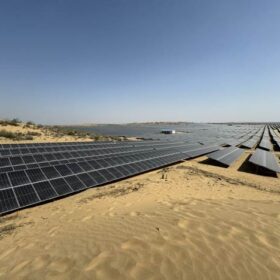ReNew repaid over $1 billion to offshore bondholders in FY2023
The amount repaid included the most recent amortization of $180 million this month.
IREDA touches new record in lending for renewable energy projects
Indian Renewable Energy Development Agency Ltd (IREDA) disbursed loans of INR 16,320 crore and sanctioned INR 32,578 crore for renewable energy projects, in FY 2022-23.
ISA, UNDP launch pilot projects on farmland solar in ten African member countries
International Solar Alliance (ISA) and United Nations Development Programme (UNDP) will implement the programme over the next two years, with the $2 million fund jointly secured by them.
L&T wins transmission project backing solar power evacuation from Rajasthan
Larsen & Toubro (L&T) has secured EPC orders for transmission lines backing renewable energy (RE) projects in Gujarat and Rajasthan.
BVG wins BOS package for 100 MW solar project in Punjab
Bharat Vikas Group (BVG) has won the balance-of-system package for SJVN Green Energy’s 100 MW (AC) grid-connected solar PV power project in Punjab. The total project value, including three-year operation and maintenance, is INR 116.29 crore.
4,995 MW of solar parks approved for Bundelkhand region
The Bundelkhand region in the Indian state of Uttar Pradesh is emerging as a solar hub with an aggregate solar park capacity of 4,995 MW approved so far by the government.
Airtouch Solar signs $4 million cleaning robot deal with Acme
Israel-based Airtouch Solar has signed a $4 million deal with Indian developer Acme for the supply and maintenance of PV panel cleaning robots.
Gensol Engineering acquires solar tracker specialist Scorpius
Gensol Engineering Ltd has acquired Pune-based Scorpius Trackers for INR 135 crore ($16.42 million). The acquisition allows Gensol Engineering to offer a comprehensive solar EPC package that includes Scorpius Trackers’ innovative solar tracking technology.
New global solar capacity additions hit 191 GW in 2022, says IRENA
Global renewable capacity increased by 295 GW last year, bringing the world to a cumulative installed capacity of 3,372 GW, according to the International Renewable Energy Agency (IRENA).
Ircon Renewable Power seeks bifacial modules for 600 MW DC solar project in Karnataka
Ircon Renewable Power has tendered the manufacturing and supply of 530 Wp+ mono PERC bifacial modules under the domestic content requirement of a 600 MWp solar PV project at Pavagada.
